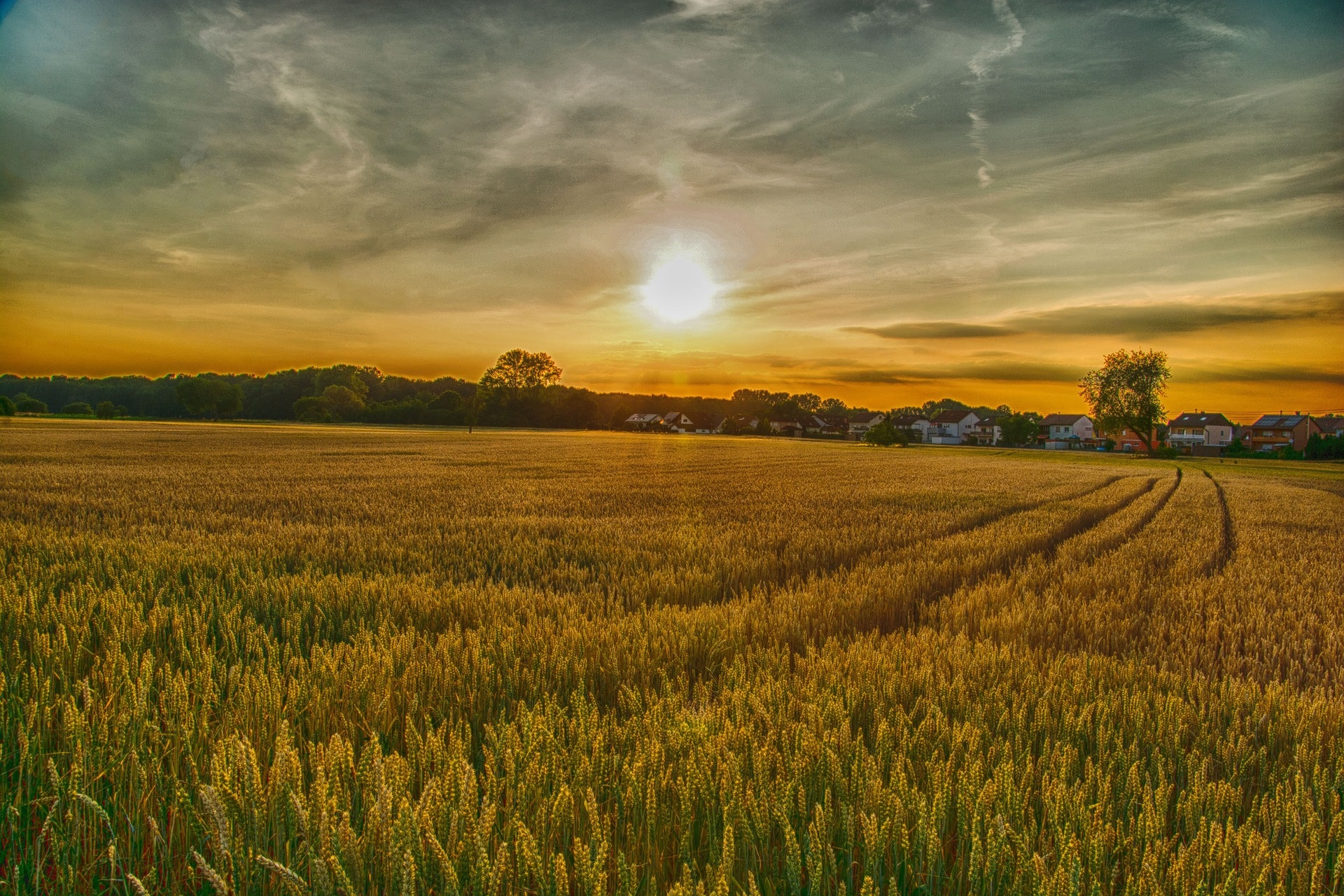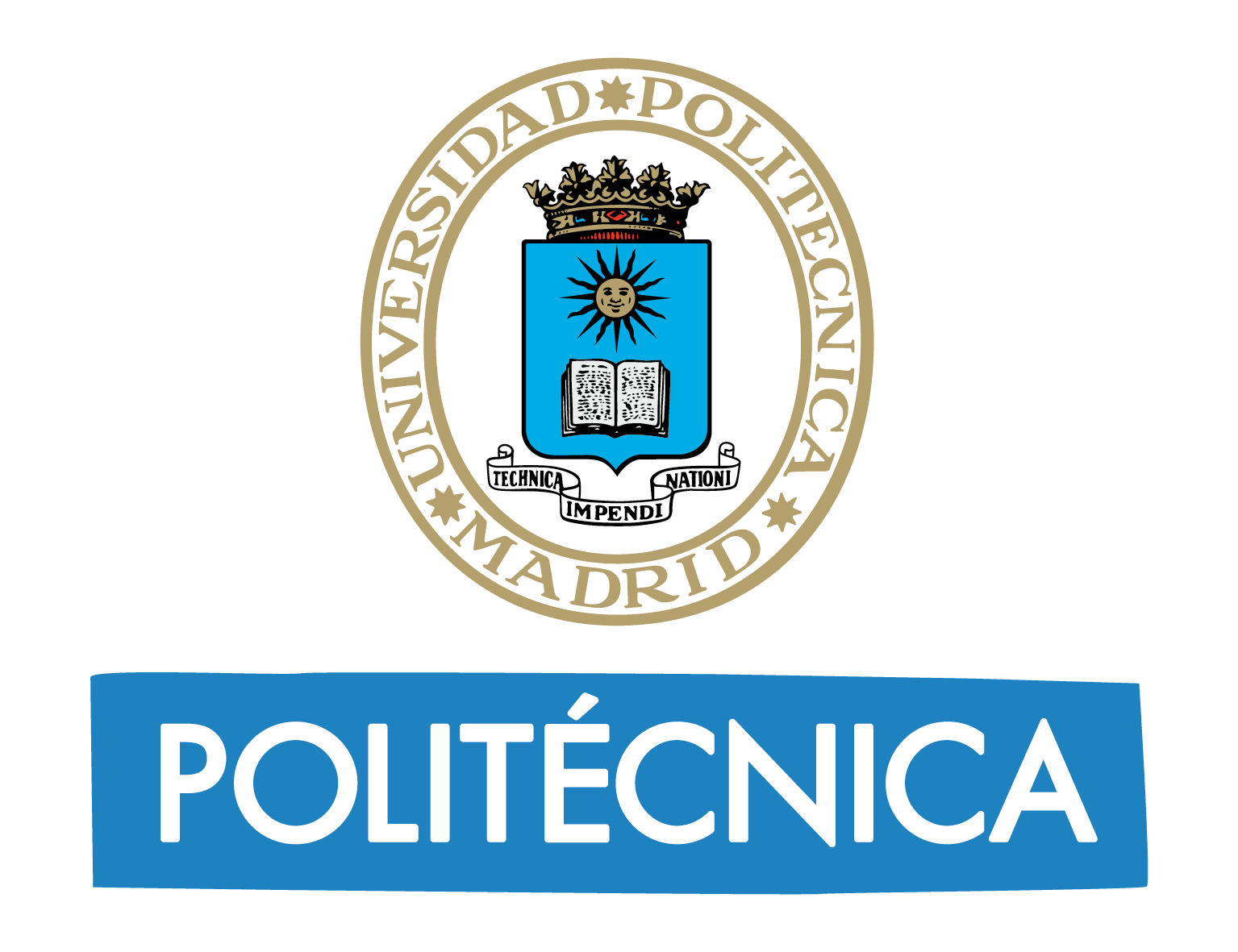Will we be able to feed ourselves by 2050 without destroying the planet?
We have the opportunity to sustainably feed the planet, but it is necessary to take effective measures. This is the conclusion of a study in which UPM was involved and has assessed the future contributions of nitrogen fertilizers to the world farmland.
In order to figure out if we will be able to feed the planet without destroying it by 2050, an international team that includes a researcher from Universidad Politécnica de Madrid (UPM), Luis Lassaletta, has assessed and quantified at global scale the future of nitrogen fertilizers to be used in the agricultural production to feed the worldwide population.
Considering the different future socioeconomic scenarios, researchers have concluded there is a scenario in which we will be able to feed the planet with a lower pollution level than the current levels. However, a commitment of diverse sectors of society to prevent severe environmental damage is required to achieve this scenario.
Nitrogen is a basic nutrient of living organisms and its use in agriculture as a fertilizer added to the soil has been progressively growing since the 20th century. However, its inefficient usage in agriculture can provoke air pollution (ammonia), increase climate change (due to the nitrous oxide) or contaminate water (due to nitrates).
Therefore, it is necessary to minimize the emissions of nitrogen from agricultural production for a future sustainable global development.
In order to forecast the future situation of the global agricultural production in 30 years, a team of research led by Professor José Mogollón, from Utrecht University (Netherlands), and with the participation of Luis Lassletta, from the Department of Agricultural Production at School of Agricultural, Food and Biosystems Engineering from UPM and a researcher from CEIGRAM, has assessed the future contributions of reactive nitrogen to the world farmland in different scenarios.
The future food demand depends on many factors, such as population changes, technological advances, trade and cooperation and changes in diet as a consequence of economic growth. These elements have been integrated into the shared socioeconomic pathways (SSP) which are future scenarios that include these socioeconomic factors and show potential evolutions of our societies from now to 2100. The researchers of this study used these scenarios to assess and quantify the contribution of nitrogen that would be necessary for the global agricultural production in the different scenarios suggested by the SSPs.

Fuente: pixabay
The results show that just one of the five suggested scenario, known as the green growth paradigm, would be compatible with a sustainable food system. This scenario assumes lower population growth, more balanced diets, and more efficient and sustainable agricultural systems. The other scenarios forecast significant growth in the use of synthetic nitrogen fertilizers to boost the agricultural production and this demand growth due to unsuitable socioeconomic choices could cause a severe environmental deterioration in 2050.
In Luis Lassaletta opinion: “if we chose the option that would lead us to use more than twice that of fertilizers, the consequences would be dramatic. However, there is a scenario in which we could feed the planet with lower pollution levels than the current levels. Therefore, there is hope, but it requires the commitment and hard work of multiple sectors of society”.
JM Mogollón, L Lassaletta, AHW Beusen, HJM van Grinsven, H Westhoek, AF Bouwman, Assessing future reactive nitrogen inputs into global croplands based on the shared socioeconomic pathways Environmental Research Letters, Volume 13, Number 4 (2018)


